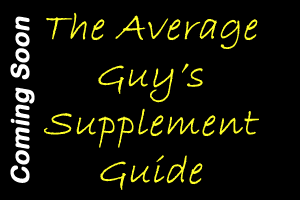
How does it relate to training?
We have all heard people discuss how long their workout is or how much time they spend working out. People are very into such things. However, is it really that important and does it relate to training at all?
I will tell you that time is an important factor in training and I don’t mean just having the time to do it. Your training is affected by time in numerous ways such as the speed of the repetitions or the length of your workout. Those two issues are in my sight today.
Speed of Repetitions
Everyone is looking for ways to intensify their workouts. The speed of your repetitions is just one way to do this. By slowing down you repetitions and paying close attention to your form, you increase the intensity of your workout. By speeding up your repetitions you are increasing the explosive power you have.
By slowing down the repetitions you increase the time under tension for the muscle. This is an important technique as it really shocks the muscle. I guarantee that if you try a 3 second up and down repetition the amount of weight you can lift will decrease dramatically. It will also skyrocket your strength. As long as you approach your workouts in a progressive fashion, pushing yourself harder on each workout, you are going to see results that will blow your mind.
You can also mess with the repetition cadence in other ways. Do a 2 seconds up, 4 seconds down negative emphasis and you will feel the burn. Do this with an increased number of repetitions and you might feel like collapsing.
Repetition speed seems to change your metabolic reaction to the training. Almost everyone I know who has tried this with true intensity has ended up throwing up during their initial workout. It is simply an intense experience.
Length of Workout
We’ve all heard the bragging from a muscle bound guy about how long he spent in the gym yesterday. If you are like me that does not impress you. I believe you can get in and out of the gym and get some great work done just by being intense during your lifts. In fact, there are many trainers who will tell you that by going to the gym for more than an hour will increase your odds of gaining fat due to the cortisol response.
All I know is that I feel much stronger and have a more intense workout when I keep it around 45 minutes in length. Anything longer seems counter-productive.
Conclusion
Time is just another variable in your workout. Use it wisely and you will see the gains you desire.



